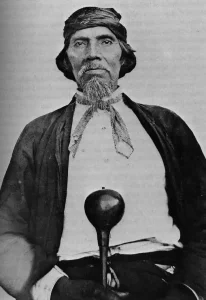The Kanâheta Ani-Tsalagi Eti
Among the papers thus obtained was a large number which for various reasons it was found difficult to handle or file for preservation. Many of them had been written so long ago that the ink had almost faded from the paper; others were written with lead pencil, so that in handling them the characters soon became blurred and almost illegible; a great many were written on scraps of paper of all shapes and sizes; and others again were full of omissions and doublets, due to the carelessness of the writer, while many consisted simply of the prayer, with nothing in … Read more

